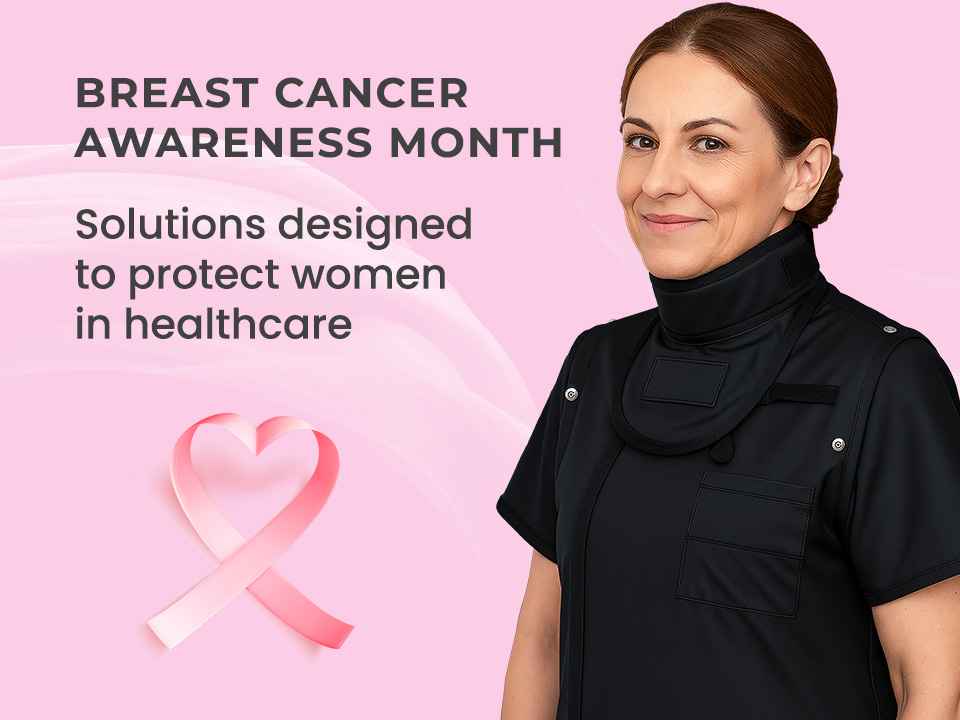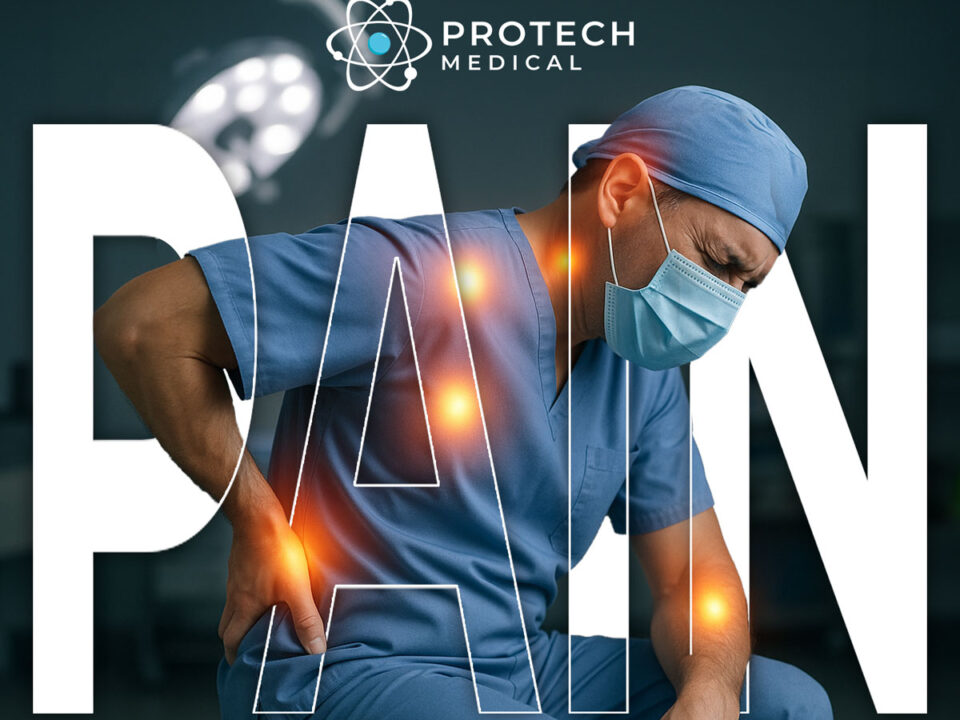The Critical Importance of Radiation Protective Garments in Modern Medical Practice: An In-Depth Analysis
Introduction
The use of ionizing radiation has become indispensable in modern medicine, from diagnostic imaging to interventional radiology and surgical procedures. While these advancements significantly enhance patient care, they also introduce occupational hazards to medical professionals, including radiologists, surgeons, and support staff who are frequently exposed to scatter radiation. Prolonged exposure, even at low doses, can lead to cumulative biological damage, increasing the risk of cataracts, dermatitis, thyroid dysfunction, and malignancies. To mitigate these risks, comprehensive radiation protection strategies are essential.
Radiation protection products such as lead aprons, thyroid collars, gloves, leaded eyewear, barrier shields, and patient drapes serve as the frontline defense against radiation exposure. This analysis explores the indispensable role of these garments, the evolving landscape of ASTM core materials in 2025, and highlights how we, Protech Medical, as a family-owned business, are leading the industry through innovation and customer-centric solutions with critical innovations such as Nano.
The Necessity of Comprehensive Radiation Protection Occupational Radiation Risks
Healthcare professionals involved in fluoroscopic and radiographic procedures are consistently exposed to scatter radiation, which emanates when primary X-rays interact with patient tissues or surfaces in the operating environment. Unlike direct radiation beams, scatter radiation is omnidirectional and persistent, making it a silent yet significant threat.
Numerous epidemiological studies have established that chronic low-dose radiation exposure can result in:
• Lens opacities and radiation-induced cataracts
• Thyroid dysfunction and increased incidence of thyroid cancer
• Dermatological conditions such as erythema and radiation burns
• Elevated lifetime cancer risks due to DNA damage
These findings underscore the need for multi-layered protective measures beyond architectural shielding.
Essential Radiation Protective Garments and Their Functions
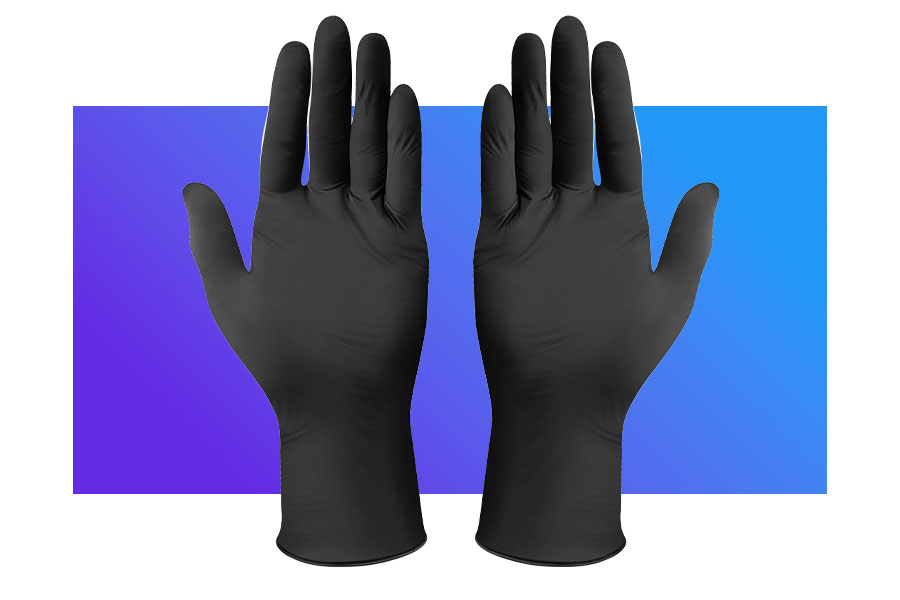
Protective Gloves
Radiation-attenutating gloves are essential for interventional procedures where hand proximity to radiation sources is unavoidable. Gloves manufactured with lead or lead-equivalent materials offer substantial attenuation while maintaining tactile sensitivity critical for surgical dexterity.
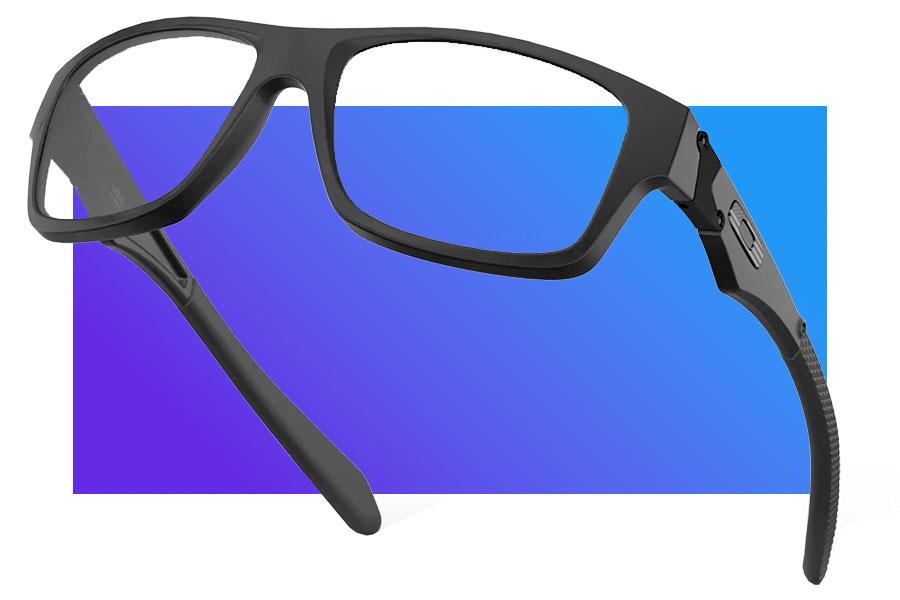
Protective Eyewear
The crystalline lens is particularly radiosensitive and even minimal radiation exposure can precipitate lens opacities. Protective eyewear, particularly those designed with side shields and wrap-around configurations, can reduce eye dose by over 90% when properly fitted.
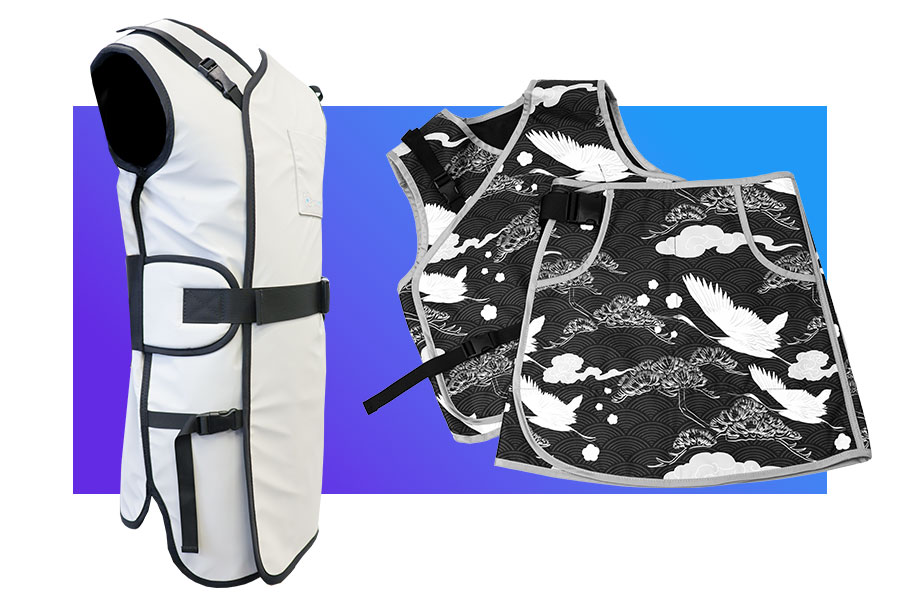
Lead Aprons
Lead aprons, available in a variety of styles to optimize ergonomic load distribution, are a primary barrier against scatter radiation. Modern designs focus on weight reduction without compromising attenuation, enhancing wearability during extended procedures.
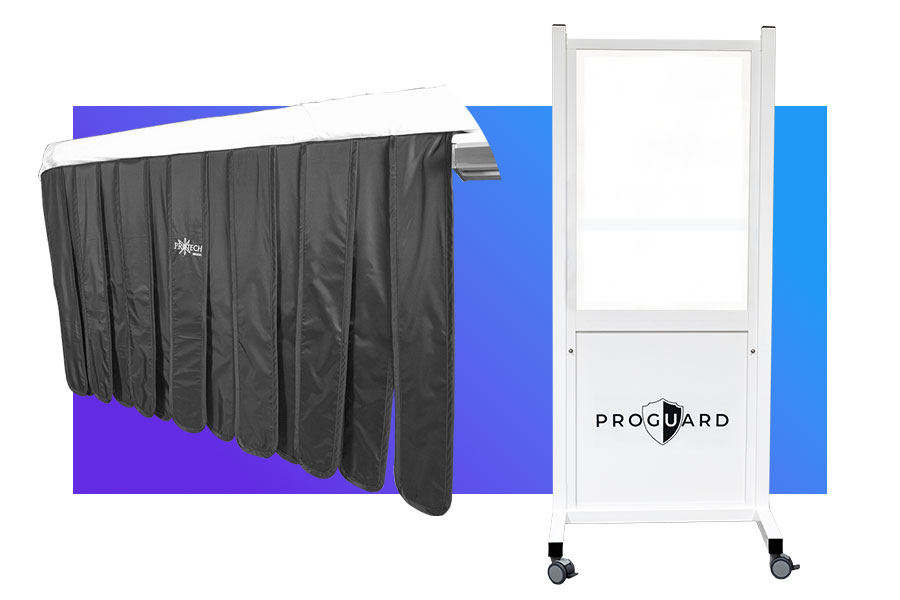
Barriers, Drapes and Shields
Mobile leaded barriers, table drapes, and patient drapes provide supplemental protection, particularly in procedural rooms with high scatter environments. These are crucial for minimizing exposure to supporting staff who may not be in direct proximity to the radiation field but remain at risk.
ASTM Core Materials: Evolution and Innovation in 2025
The American Society for Testing and Materials (ASTM) has been pivotal in standardizing radiation protective materials, particularly focusing on attenuation efficiency, lead equivalency, and material durability. In 2025, the market has seen a diversification of core materials used in protective garments:
1. Lead-Based Core Materials
Traditional lead-based core materials remain widely utilized for their proven attenuation properties. They are typically cost-effective but come with significant drawbacks, including increased garment weight and environmental disposal concerns.
2. Lead-Composite Core Materials
These materials incorporate lead blended with lighter substances such as antimony and bismuth. They offer comparable protection with a substantial weight reduction, improving practitioner comfort.
3. Lead-Free Core Materials
Driven by environmental considerations and regulatory pressures, lead-free core materials have gained prominence. These materials utilize proprietary blends of bismuth, antimony, tungsten, and other rare earth elements to achieve optimal protection without the toxicological concerns associated with lead.
4. Nano
Protech Medical’s Nano core material represents the apex of this innovation curve. Nano utilizes advanced nanotechnology to create highly uniform, densely packed shielding materials that optimally attenuate radiation while achieving unprecedented weight reduction.
Advantages of Nano
• Superior Weight-to-Protection Ratio: Significant ergonomic benefits, reducing musculoskeletal strain from prolonged garment wear.
• Enhanced Flexibility: Improved garment conformity to the body, enhancing user comfort and freedom of movement.
• Environmental Safety: Lead-free and fully compliant with increasingly stringent global environmental regulations.
• Durability: Nano-structured materials offer enhanced wear resistance and longevity compared to traditional composites.
Protech Medical: A Family-Owned Leader in Radiation Protection
Protech Medical has emerged as a pioneering force in the radiation protection landscape. Unlike larger corporate entities, Protech Medical’s family-owned and operated ethos fosters an intimate connection with the medical community, emphasizing quality, service and integrity.
Commitment to the Medical Community
Our solutions are not merely products but thoughtfully engineered responses to the real-world challenges faced by healthcare professionals. We actively engage with our customers to refine apron ergonomics, weight distribution, and wearability, ensuring that protection never comes at the cost of practitioner comfort.
Proguard: Innovation with Purpose
Our Proguard apron line epitomizes our dedication to technological advancement fused with practical application.
• Ultra-lightweight designs dramatically reduce fatigue.
• Advanced core materials set new benchmarks for protection efficiency.
• Customization options allow for tailored fit and personalization, acknowledging the diversity of body types and user preferences.
The Insufficiency of Environmental Barriers Alone
While architectural shields, mobile barriers, patient drapes, and room design play crucial roles in radiation mitigation, relying solely on environmental controls is inadequate for comprehensive protection.
Limitations of Passive Barriers:
1. Incomplete Coverage: Mobile barriers protect only from frontal scatter but leave other angles exposed, particularly in dynamic surgical environments.
2. Mobility Constraints: Fixed shields cannot follow the movement of the operator, creating exposure gaps during repositioning.
3. Scatter Leakage: Drapes and shields reduce scatter but do not eliminate it.
Achieving ALARA through Multi-Modal Protection Strategy:
The prevailing consensus among radiation safety experts is that effective protection requires a layered, combinatorial approach. This includes:
• Personal protective garments (aprons, gloves, eyewear)
• Environmental controls (barriers, shields)
• Procedural adjustments (distance, time minimization)
• Dosimetry monitoring and real-time dose awareness
Protech Medical’s Nano is designed to integrate seamlessly into this holistic protection model, enabling healthcare workers to comfortably navigate high-exposure environments without compromising on mobility or safety.
Protech Medical’s Customer-Centric Advantage
As a family-owned enterprise, Protech Medical transcends the transactional nature of large conglomerates. Our customer relationships are personal and long-term. Key elements of our customer-centric approach include:
• Garment Customization: Offering bespoke garments tailored to individual anatomical and professional needs.
• Responsive Support: Quick turnaround times for orders, repairs, and consultations.
• Collaborative Innovation: Continuous product refinement based on practitioner feedback.
Protech’s commitment to ethical manufacturing practices, sustainability, and practitioner well-being reflects a deeply ingrained value system that prioritizes the medical community’s safety and satisfaction.
Conclusion
The landscape of radiation protection in 2025 demands solutions that are both scientifically advanced and practically viable. Radiation protective garments remain an irreplaceable component of occupational safety, providing direct, mobile, and consistent shielding that environmental barriers alone cannot offer.
Protech Medical, through its family-driven mission and innovations like Nano, stands at the forefront of this essential medical frontier. By leveraging cutting-edge technology, adhering to stringent ASTM and IEC standards, and fostering genuine connections with the healthcare community, we exemplify what it means to care, not just about product performance but about the people who rely on it daily.
Our integrated approach and unrelenting pursuit of innovation position us as a trusted partner in safeguarding the health and longevity of medical professionals worldwide.


